Author: Steve Thanos
Popular in the tropical parts of Asia as well as the Pacific Islands, Ube is a purple-colored yam originating from the Philippines that’s prized for its sweet flavors of pistachio, vanilla, and coconut. Largely unknown until fairly recently, Ube grew in popularity among American consumers in the mid-2010s thanks to viral social media posts and its increased presence on cooking shows.
While ube can be used in a similar fashion as yams or sweet potatoes for savory dishes, it’s most commonly associated with sweet desserts like ice cream and cookies due to its relatively high sugar content. Perhaps expectedly, brewers began to take notice of this vibrantly colored root vegetable, with some using it as a fun way to put a unique spin on otherwise standard beer styles. To note, given the increased interest in ube, manufacturers have begun to produce extracts that allow users to skip the preparation process, making it even easier to use.
While collection xBmt data at a beer festival last summer, I had the opportunity to sample a couple beers that were made with ube, one being homebrewed while the other was made by Local Relic Artisan Ales out of Colorado Springs, CO. Struck by the peculiar (in a good way) flavor profile I got from both of these beers, I was inspired to use ube in my own brewing and came up with a recipe I felt would accentuate this purple tuber.
| Making A Swing And A Miss Ube IPA |
As I’m wont to do as a brewer from Chicagoland, I went with a Midwest IPA recipe as the base for this beer, relying heavily on Sabro hops due to claims it imparts notes of coconut, as well as ube extract instead of the actual vegetable.
A Swing And A Miss Ube IPA
Recipe Details
| Batch Size | Boil Time | IBU | SRM | Est. OG | Est. FG | ABV |
|---|---|---|---|---|---|---|
| 5.5 gal | 60 min | 55.2 | 6.3 SRM | 1.072 | 1.017 | 7.22 % |
| Actuals | 1.072 | 1.017 | 7.22 % | |||
Fermentables
| Name | Amount | % |
|---|---|---|
| Pale Ale 2-Row Malt | 8 lbs | 66.67 |
| Munich Malt | 2 lbs | 16.67 |
| Pilsner Malt | 2 lbs | 16.67 |
Hops
| Name | Amount | Time | Use | Form | Alpha % |
|---|---|---|---|---|---|
| Columbus/Tomahawk/Zeus (CTZ) | 14 g | 60 min | Boil | Pellet | 15.5 |
| Sabro | 20 g | 15 min | Boil | Pellet | 13.8 |
| Sabro | 20 g | 10 min | Boil | Pellet | 13.8 |
| Sabro | 56 g | 5 min | Boil | Pellet | 13.8 |
| Sabro | 69 g | 5 days | Dry Hop | Pellet | 13.8 |
Yeast
| Name | Lab | Attenuation | Temperature |
|---|---|---|---|
| Flagship (A07) | Imperial Yeast | 77% | 32°F - 32°F |
Notes
| Water Profile: Ca 40 | Mg 13 | Na 9 | SO4 10 | Cl 14 |
Download
| Download this recipe's BeerXML file |
After collecting the full volume of filtered water and adjusting it to my desired profile, I lit the flame under the kettle then proceeded to weigh out and mill the grain.
Once the water was adequately heated, I incorporated the grains then checked to make sure it was at my target mash temperature.
While the mash was resting, I prepared the kettle hop additions.
Once the 60 minute mash was complete, I removed the grains then boiled the wort for 60 minutes before rapidly chilling it with my JaDeD Brewing Hydra IC. Refractometer readings showed the wort was at respectable 1.072 OG.
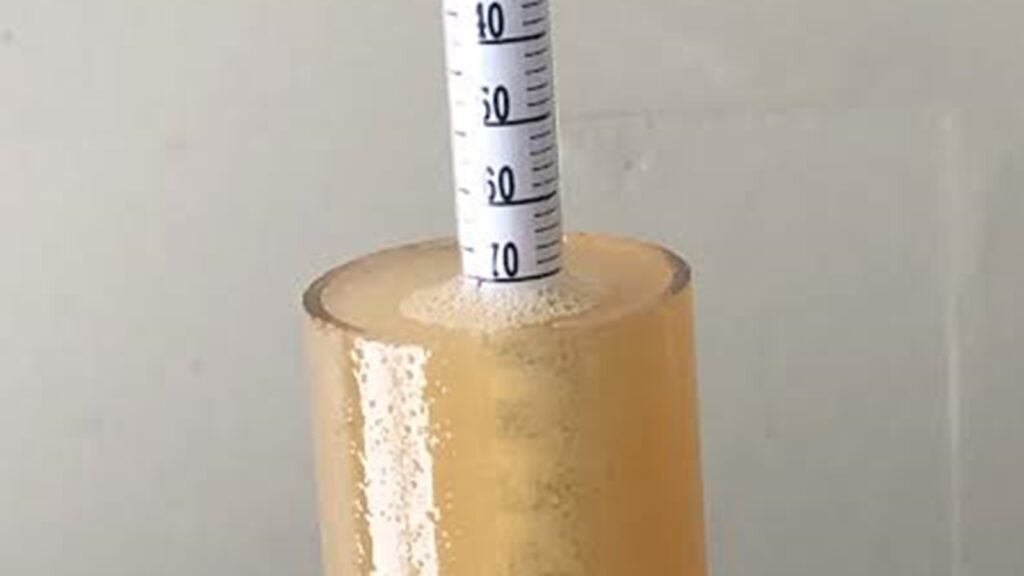
After transferring the chilled wort to a fermenter, I placed it in my chamber for a couple hours to finish chilling to my desired fermentation temperature of 68°F/20°C, at which point I pitched a pouch of Imperial Yeast A07 Flagship.
At 5 days into fermentation, I added the dry hops then left the beer for another 5 days before taking a hydrometer measurement confirming FG had been reached.
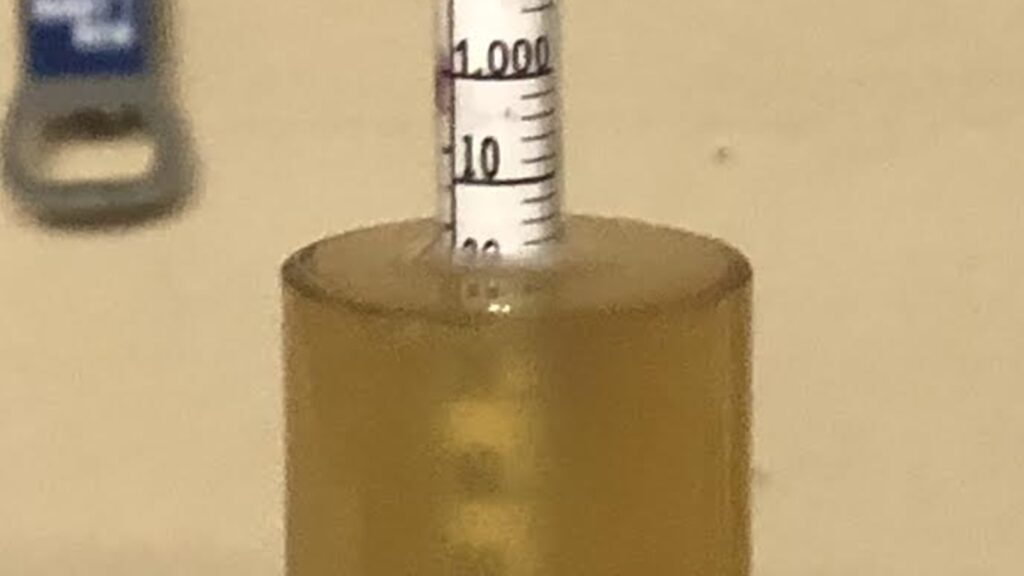
At this point, I added 2 oz/60 mL of ube extract to a sanitized keg along with a small amount of sodium metabisulfite to reduce the risk of oxidation.
Next, the beer was transferred into the keg, after which I put it on gas in my kegerator and let it condition for a couple weeks before it was carbonated, clear, and ready to drink.
 | IMPRESSIONS |
| IMPRESSIONS |
As much as I enjoy beer-flavored-beer, I have a lot of fun experimenting with interesting ingredients as well, whether it be common spices and herbs or spruce tips. In addition to this penchant, I was inspired to use ube in a beer based on both the common descriptors associated with it as well as the couple of samples I’d previously tried.
In designing the recipe for A Swing And A Miss Ube IPA, I opted for a decent charge of Munich malt to enhance the graham cracker flavor as well as Sabro hops, as they’re said to contribute notes of coconut, which I felt would pair well with the ube. I was also just excited to produce a beer with a rich purple color.
While this beer was quite beautiful to look at, it failed miserably on the flavor front. Rather than vanilla, coconut, and pistachio overlayed on a toasty graham cracker, it tasted heavily of sweet toffee nut, in the most disgusting way possible. This beer was so gross and difficult to drink, that I didn’t feel right serving it to friends, so I did the only honorable thing…
Having had a couple ube beers that were far better than this embarrassment, I’m stumped as to what went wrong and speculate it has something to do with the amount of ube extract or possibly even hops I used. I’m not prepared to write-off ube as a brewing ingredient, but I certainly won’t be making A Swing And A Miss again, and while you can certainly Brü It Yourself, I wouldn’t recommend it.
If you have thoughts about this recipe or experience making something similar, please feel free to share in the comments section below!
Support Brülosophy In Style!
All designs are available in various colors and sizes on Amazon!
Follow Brülosophy on:
FACEBOOK | TWITTER | INSTAGRAM
If you enjoy this stuff and feel compelled to support Brulosophy.com, please check out the Support page for details on how you can very easily do so. Thanks!


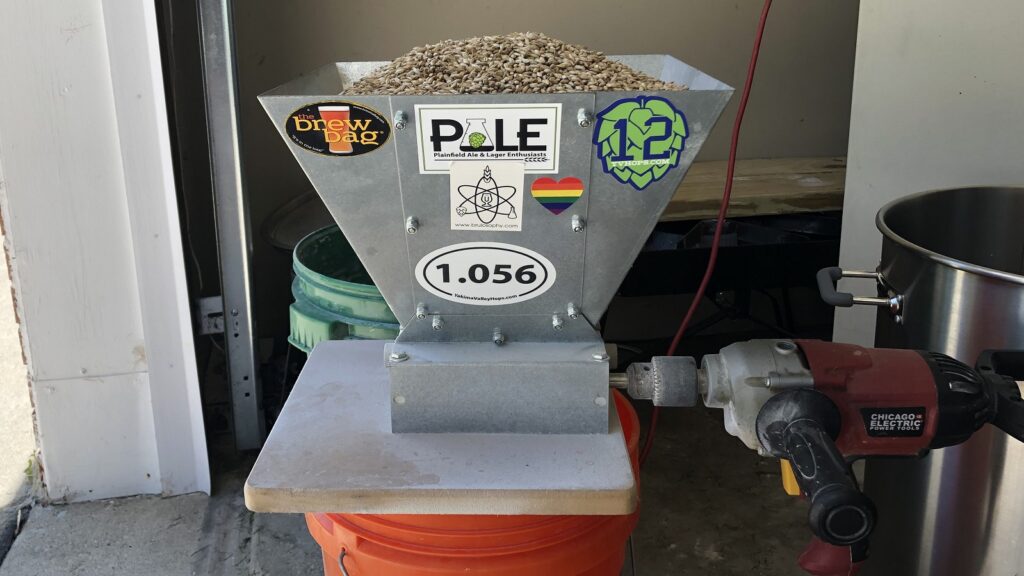
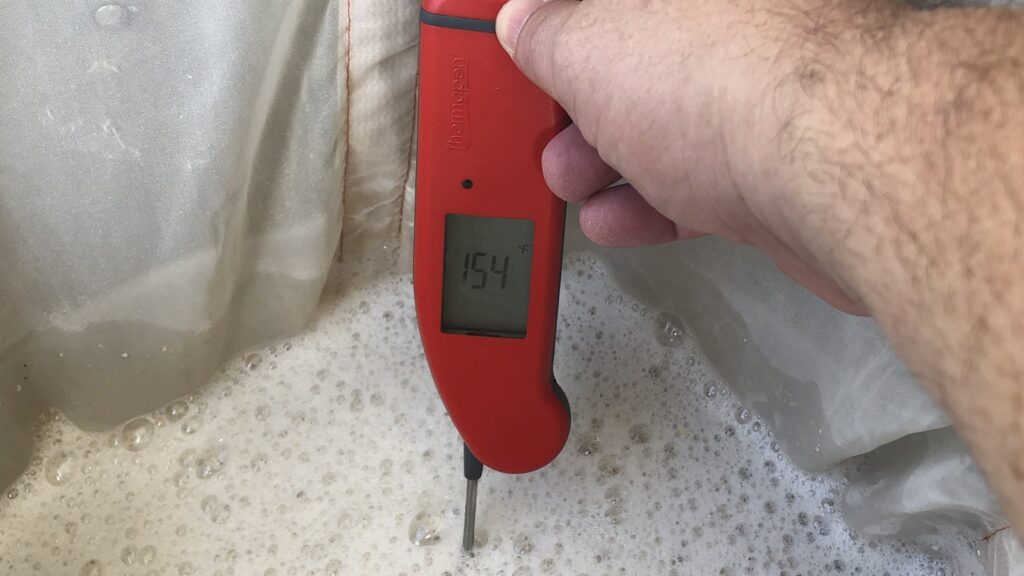
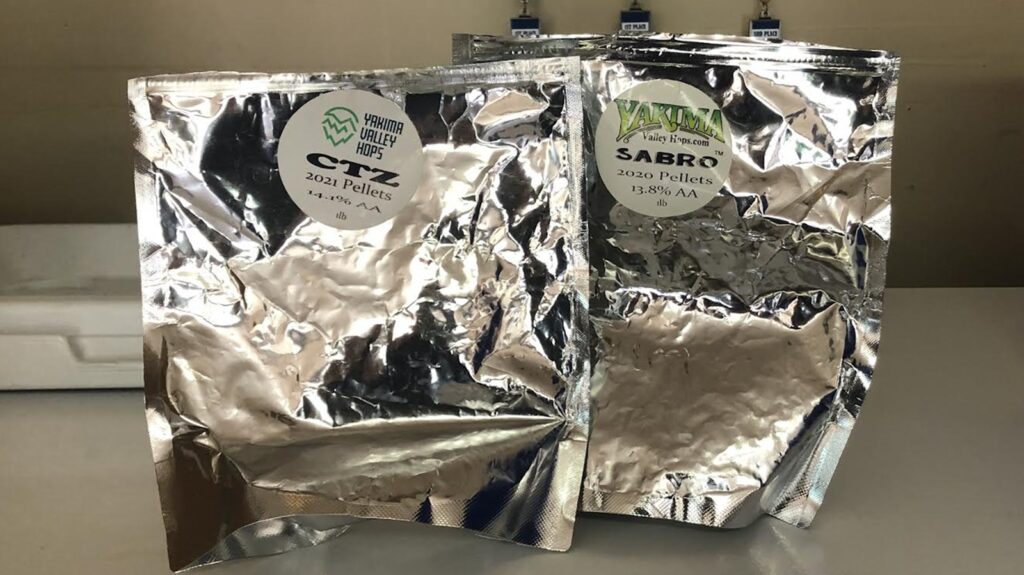
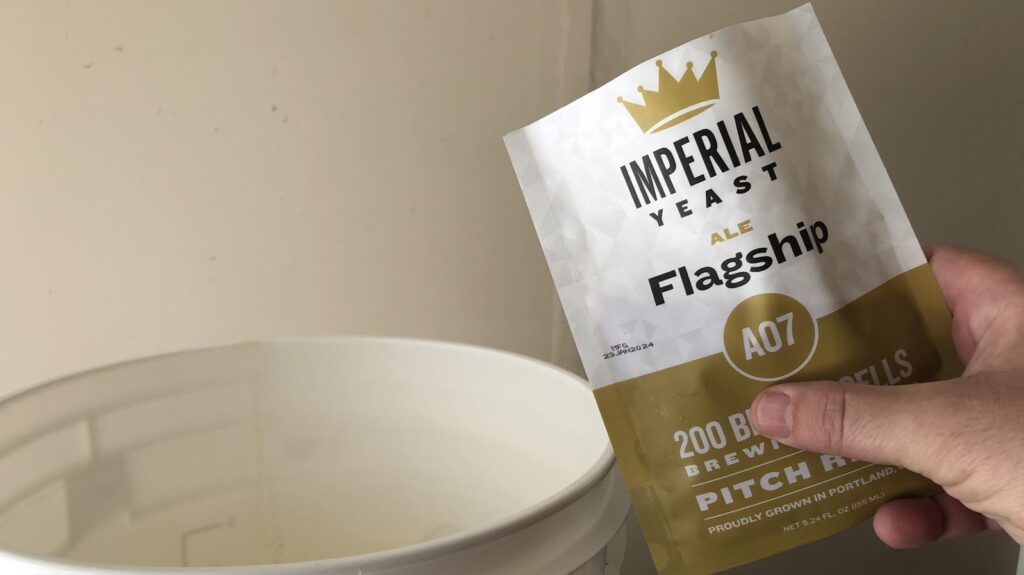
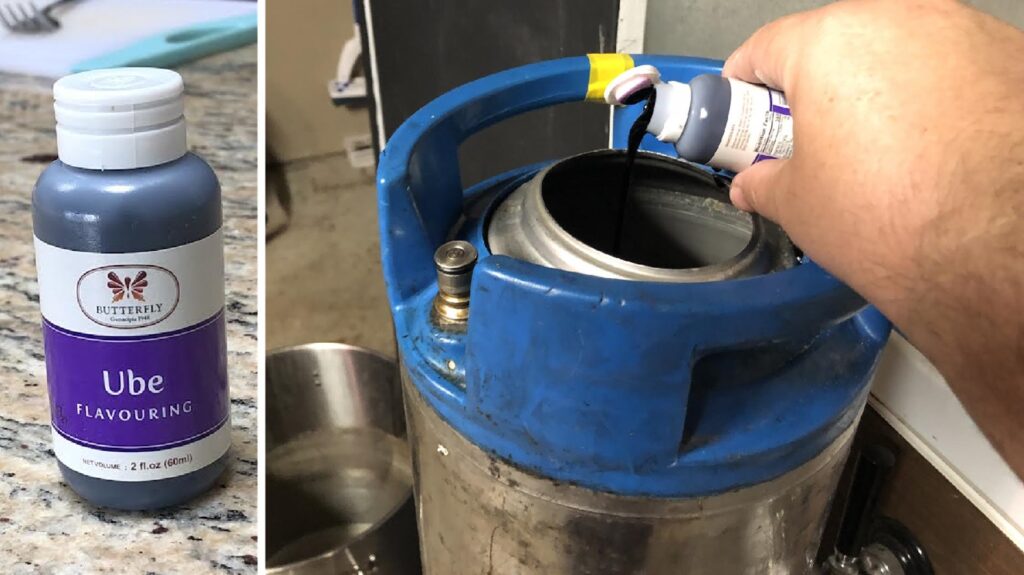
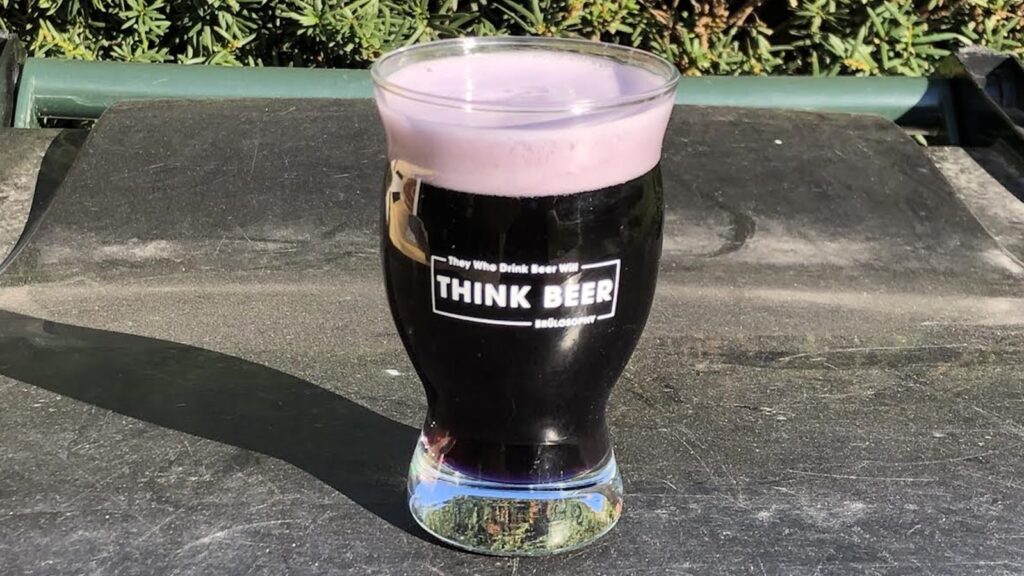











4 thoughts on “Brü It Yourself | A Swing And A Miss Ube IPA”
Steve, Acording to this article and associated recipe you may have 5x heavy on the Ube concentrate. It uses 12mls not 59!
https://beerandbrewing.com/special-ingredient-ube/
https://beerandbrewing.com/recipe-harland-ube-milkshake-ipa/
Thanks for your honesty, Steve! It does sound like ube has good potential for use as a beer ingredient. Maybe some taste testing with an eye dropper and an array of small cups of unaltered beer might show the way to a delicious level of ube!
I have considered using that particular brand of Ube flavoring in a beer myself. What stopped me (besides the lack of time in my busy schedule) was that the Amazon reviews were largely bad, and IIRC, panned this particular ube flavoring for an odd, artificial flavor in certain applications.
It doesn’t surprise me that this experiment didn’t go well.
If you can find it, Pure Project’s Uncovered Roots is a tasty Ube Imperial Stout. (It hasn’t been released this year, but should be soon)
Hey, nice experiment. Out of curiosity: how did you decide on this specific ratio of ube extract? Any trials before?
I was also considering using ube, but I was going towards a kettle sour as I don’t like IPA+fruits.
Thanks.